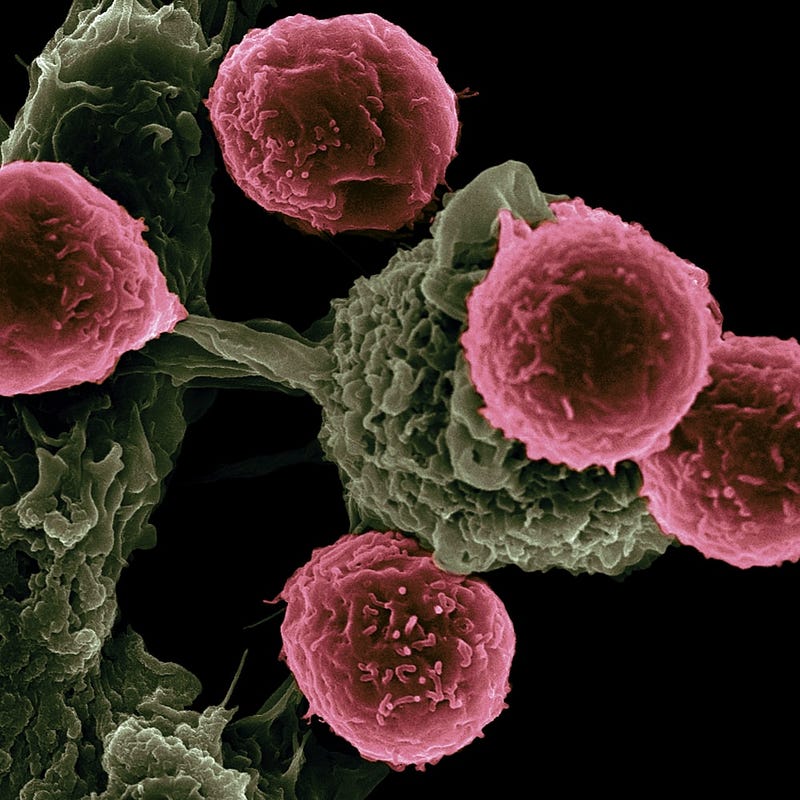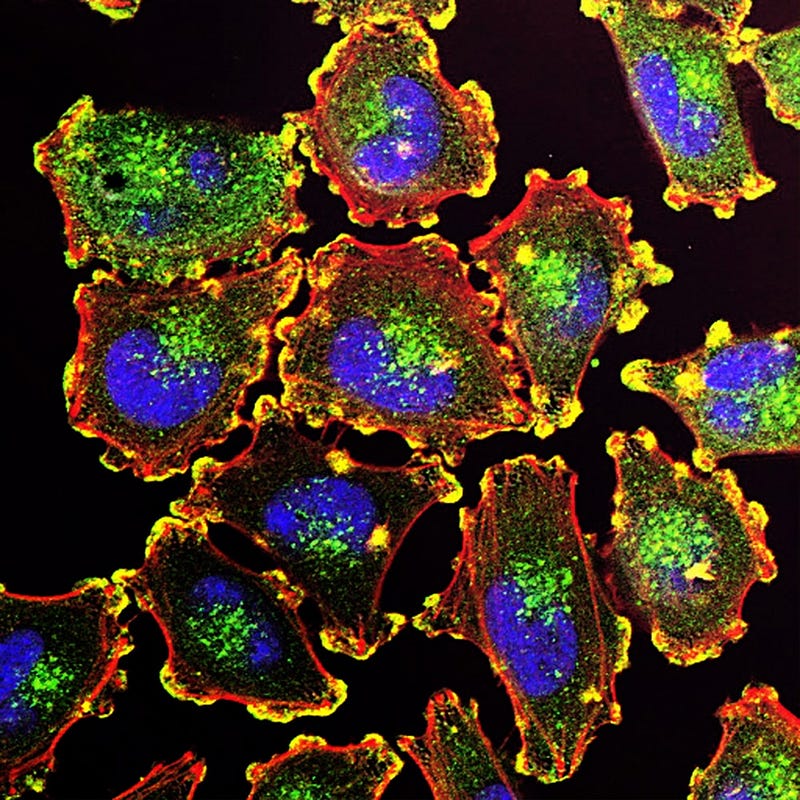The Dual Nature of Senescence: A Complex Relationship with Cancer
Written on
Understanding Cellular Senescence
Cellular senescence plays a significant role in potentially lowering cancer risk, suggesting that aging may offer some protective benefits against the disease.

Aging is an Unstoppable Process
Aging does not cease once we reach maturity; the biological clock continues its relentless tick. As time progresses, various changes manifest in our bodies. Our skin loses its firmness, body composition shifts, muscle mass declines, and immune function diminishes. The likelihood of developing cancer increases, joints may become stiff, cognitive functions may decline, and even our microbiome can become problematic.
The degree of these changes varies from person to person, influenced by lifestyle choices. However, the inevitability of aging is universal, affecting everyone, including centenarians.
One of the primary reasons aging impacts numerous bodily functions is that aging can be seen as "contagious" within our own systems. Cells that enter a state of senescence cease to divide and can become dysfunctional. They often develop what is known as a senescence-associated secretory phenotype (SASP), which involves the release of harmful substances.
Regrettably, the substances produced by senescent cells can be detrimental. These include inflammatory molecules and proteolytic enzymes, which can adversely affect neighboring healthy cells, propagating the aging process.
Researchers are investigating methods such as blood dilution or exchange to potentially alleviate the negative impacts of these SASP-related substances.
The Paradox of Cellular Senescence
While senescence is generally viewed in a negative light, its relationship with cancer may not be entirely straightforward.
A recent preprint study suggests that cellular senescence could act as a protective barrier against cancer development.

The researchers employed advanced deep learning techniques, specifically a Bayesian neural network, to create a predictor for cellular senescence. By analyzing images of human fibroblast cells, a crucial component of connective tissue, this predictor could assess senescence based on alterations in the cell nucleus's shape.
The team validated this predictor using tissue samples from individuals with progeroid syndromes, achieving impressive accuracy rates of around 86%, even when tested on mouse cells.
Furthermore, they examined medical records of 169 individuals whose tissue samples informed their predictor to investigate correlations between senescence scores and health outcomes. They discovered a noteworthy trend: higher senescence scores were linked to a reduced incidence of neoplasms and malignancies, both in skin and non-skin types.
This leads to a compelling narrative: increased senescence correlates with lower cancer rates.
The Complexity of Senescence and Cancer
The underlying principle is that senescence acts as a deterrent to uncontrolled cell division—senescent cells cease to multiply, making it challenging for them to develop into cancerous cells. However, the implications of senescence are multifaceted:
Research indicates that cellular senescence may also contribute to cancer progression through the inflammatory effects of SASP. Senescent cells can proliferate in regions where tumors are likely to arise, and the presence of these cells, along with SASP induced by cancer therapies, has been associated with poorer health outcomes.
In essence, the relationship between cellular senescence and cancer is complex. While senescence might serve as a protective mechanism against cancer, it also comes with significant drawbacks. As our understanding deepens and medical advancements continue, the prospects for surviving various cancer types are improving.
Ultimately, aging remains an unavoidable aspect of life.